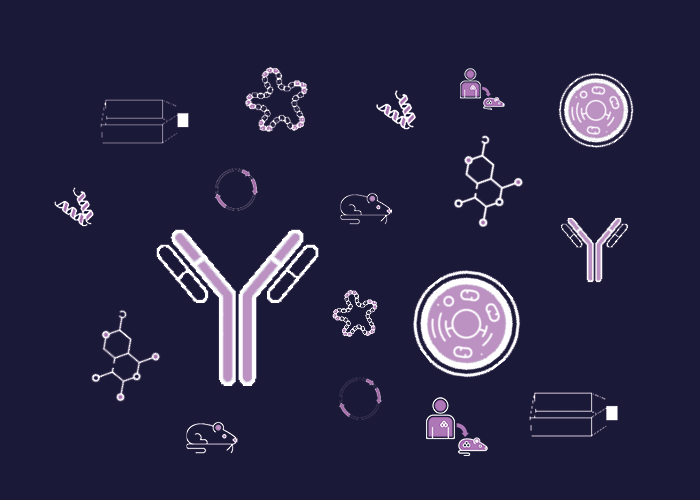
Cat. #151457
Anti-Rad51C [MTA36]
Cat. #: 151457
Sub-type: Primary antibody
Unit size: 100 ug
Availability: 10-12 weeks
Target: Rad51C
Class: Polyclonal
Application: IP ; WB
Reactivity: Mouse
Host: Rabbit
£300.00
This fee is applicable only for non-profit organisations. If you are a for-profit organisation or a researcher working on commercially-sponsored academic research, you will need to contact our licensing team for a commercial use license.
Contributor
Inventor: Madalena Tarsounas
Institute: Cancer Research UK, London Research Institute: Clare Hall Laboratories
Tool Details
*FOR RESEARCH USE ONLY (for other uses, please contact the licensing team)
- Name: Anti-Rad51C [MTA36]
- Research fields: Genetics
- Clone: MTA36
- Tool sub type: Primary antibody
- Class: Polyclonal
- Conjugation: Unconjugated
- Reactivity: Mouse
- Host: Rabbit
- Application: IP ; WB
- Description: RAD51C is a RAD51 paralogue. Rad51 is a eukaryotic homologue of E. coli RecA, a recombinase, and a component of the homologous recombination DNA repair pathway. RAD51 forms a nucleoprotein filament (through binding RAD52 and single stranded DNA that are exposed following double strand breaks) that initiates recombination. RAD51C is also a component for the homologous recombination pathway of DNA repair.
- Immunogen: Mouse n-terminal RAD51C peptide .
- Recommended controls: Mouse embryonic fibroblasts / Irradiated cells
Target Details
- Target: Rad51C
- Tissue cell line specificity: Mouse embryonic fibroblasts / Irradiated cells
- Target background: RAD51C is a RAD51 paralogue. Rad51 is a eukaryotic homologue of E. coli RecA, a recombinase, and a component of the homologous recombination DNA repair pathway. RAD51 forms a nucleoprotein filament (through binding RAD52 and single stranded DNA that are exposed following double strand breaks) that initiates recombination. RAD51C is also a component for the homologous recombination pathway of DNA repair.
Applications
- Application: IP ; WB
Handling
- Format: Liquid
- Concentration: 0.9-1.1 mg/ml
- Unit size: 100 ug
- Storage conditions: -15° C to -25° C
- Shipping conditions: Dry ice
References
- Badie et al. 2009. J Cell Biol. 185(4):587-600. PMID: 19451272.
- RAD51C facilitates checkpoint signaling by promoting CHK2 phosphorylation.

